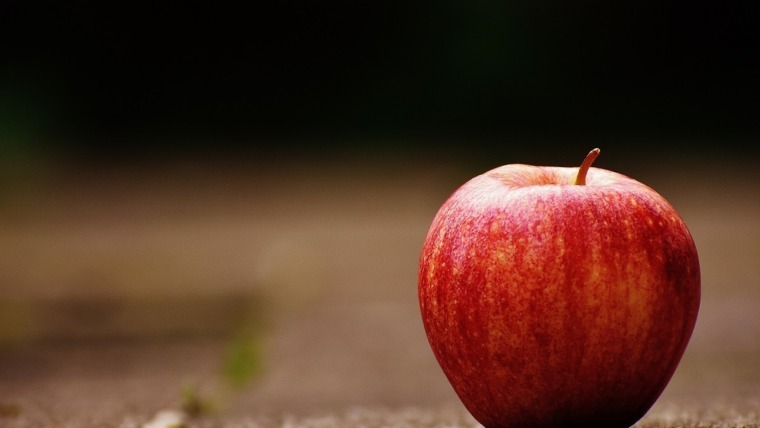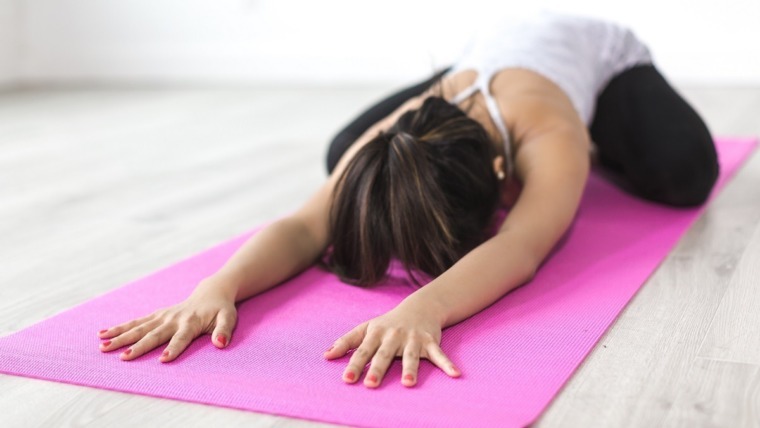
Teach your children to Become Conscious of their Footprint while Growing Stronger Together
Written by Camille Lucy
Going green is one of the simplest ways to incorporate conscious behaviour into your family - taking care of the planet that houses and supports us - and it’s easier than you may think.
What’s more, going green doesn’t just benefit the planet. It can also improve your overall health and wellbeing:
- Choosing organically grown local foods, you can avoid pesticides and toxins that may cause illness or disease. Organic produce is rich in antioxidants, vitamins and minerals.
- By choosing wild-caught and free-range fish and meat, you may avoid foods that are injected with hormones and antibiotics.
- Cutting back on processed foods can reduce your intake of fat, sodium, sugar and other chemicals that may lead to obesity, heart disease, diabetes, cancer and other chronic health conditions.
- A decrease in air pollution can help you breathe easier, lessening allergies, asthma and other breathing conditions.
- Increasing natural sunlight in your home or work space can boost your mood and health.
- Walking and biking can have tremendous impact on your health and vitality.
- Avoiding toxic chemical cleaners in the home can alleviate headaches and other health concerns.

As you can see, there are plenty of reasons to go green, even if you just begin with baby steps! One of the most basic ways to start is by using the Three R’s (Reduce, Reuse and Recycle), which can easily become part of your family culture. By practicing the Three R’s, you can prevent pollution, save energy, reduce greenhouse gas emissions, help sustain the environment, save money, reduce the amount of waste sent to landfills and allow products to be used to their fullest extent!
Reduce: Buy things used! Between online sites, Facebook Marketplace and other online vendors, you can find anything you want from clothing to tools to toys to books to appliances to outdoor furniture! The list is endless. And what’s even greater, you can often find items at a lower price tag than retail stores. One man’s junk is certainly another man’s treasure when you are snagging an almost new item at a way lower cost! #win-win.
Another way to reduce waste is to buy products with less packaging. Less raw materials, less waste and less cost.#winningstill.
Reuse: Repair products like clothing, tires and appliances rather than dumping them and buying new. Borrow, rent or share items that you don’t use often like tools, party supplies or furniture. And don’t forget about Curb shopping… your neighbour may not want that Children’s Kitchen Set anymore, but your children may be begging for one at home! #anotherwin.
Recycle: Sell or donate items that you no longer want or need. And of course, recycle anything that is permitted in your local area instead of throwing it in the trash.
Reducing, reusing and recycling can be done by anyone, of any age. If your children want to buy something, give them a budget and a laptop and have them scroll for-sale sites (with your supervision) to find the best buy. Have them gather up old items they don’t need or want any longer to donate. Schools often have donation drives if you cannot find a local donation centre. Reuse items around the house; get creative. Going green can have a positive impact on your children’s social and emotional skills, improve sharp thinking and creativity, as well as strengthening the bond between family members.
Here is a list of 8 additional fun (and super easy) ways to get your kids involved in going green:
Take green adventures: Kids adore the great outdoors! A simple, yet impactful, way to incorporate conscious behaviour into your family culture and your children is to go on Green Adventures! You can go hiking, camping, collecting sea shells at the beach, biking, or visit a local farm. Whatever you choose, have fun and…explore! Use your five senses to experience Nature and encourage your children to do the same. As children develop and grow a natural love for the outdoors, they are more inclined to understand the intimate connection between all living things.
DIY Garden: Gardening is a great way to get your children involved in the natural life cycle of the world we live in. We all know kids love dirt, but it’s also really fun to watch things grow! Children watch as seeds become plants, and plants become fruits and veggies and they truly enjoy being part of the process as it unfolds. Each day, you’ll notice the little ones checking on the plants to see what’s happening. Harvesting and enjoying the fruits of their labour is an added bonus they revel in (and excitedly eat their greens!).
Use chemical-free cleaners: Purchase eco-friendly cleaners, or try making your own! Reuse containers you have around the house and get busy, as a family. You can incorporate Young Living Essential oils like Thieves to make your own natural, all-purpose cleaner. Add 1 teaspoon of witch hazel, 2 oz. of distilled water and 10-15 drops of Thieves into a small glass spray bottle. You can use this spray to clean toys, bathrooms, cutting boards, counter tops, to wash fruits and veggies, or carry it around to spray in public places like airplanes, on arm rests or in public bathrooms. Children love to use things they make; they’ll be squirting around the house, cleaning table tops and seats with their new DIY spray (just make sure not to get it near their eyes…or yours).
DIY Soap: In addition to making your own chemical-free cleaners, you can also make laundry soap! Wallet-friendly and great for sensitive skin, your DIY laundry soap won’t contain any harmful chemicals, fragrances or dyes. Let’s face it, kids LOVE making things! They’ll be right beside you conjuring up your new soap. After all, it mimics slime-production… one of their FAVS! You’ll need just a few ingredients: 1 bar Fels Naptha soap,
3/4 cup baking soda, 3/4 cup washing soda (found in the grocery store near the stain removers), 3/4 cup Borax and 15 drops lavender essential oil (this is optional, and you can use other essential oils, too - check the link above for more information or to purchase Lavender). Shred the soap with a hand grater. Put the soap shreds in a bowl. Add the other ingredients and mix them to combine. The essential oils will add a lovely, natural fragrance.
Store your detergent in a jar or other container you have around the house. And…Voila! Look at you, all self-sufficient and thrifty! (For HE machines, it is advised to use about 1/2 tablespoon per wash and for regular washing machines, 1 tablespoon.)
Unplug: Unplug any electronic device or charger that is not being used. Cell phone or tablet chargers left plugged in eat up tons of electricity. Turn off any lights that you are not using and cut back on A/C by using ceiling fans or opening windows. You can play a game with your children to see who can find all the energy “vampires” in the house the fastest!
Reward System: Create a rewards chart that includes each time your child brings something to your attention, comes up with a great new idea about conserving, turns a light off without being told when they leave the room, unplugs a device that isn't in use or reuses something instead of trashing it or asking for a replacement. Reward creative thinking, resourcefulness and encourage participation. Once the chart is filled, or your child earns a certain amount of “stars,” they can get a prize, a special gift or date night with Mom and/or Dad, or a monetary reward like an allowance.
Donate: Discussed under the Three R’s, donating items is a really easy, yet profound way to create change… starting at home. Have your children go through their room for toys they no longer need, or clothes that do not fit anymore, and donate them. Better yet, find a special cause and run a donation drive in your community. Teach your children about giving back to others in need, and how to foster gratitude for all they have. Children can enjoy and participate in fundraising and charitable events and causes early on, instilling a sense of compassion, connection and love into your child from a young age that will be with them for a lifetime.
Let’s get Crafty: Spark your children’s imagination with fun ways to build things with household items or “trash.” Toilet paper rolls can make beautiful flower vases after they are painted and glued onto a plate…or they can be made into a ring toss game! Turn trash to treasure during holidays by using paper plates and other items you have lying around to make cute decorations. Cans can become musical instruments, like drums, or jars to store pencils and crayons. An old bookshelf can easily become a sand pit with storage for outdoor toys! Make a game of Tic Tac Toe out of rocks. The list is endless and can really stir some imagination up - and fun - for the whole family.
Going green doesn't have to be inconvenient, arduous or another “chore.” It can become a practice and habit that brings your family closer, invites more fun and play into your daily routine, and encourages and builds creativity, resourcefulness, compassion and appreciation. You’ll save money, time and energy…all the while, benefiting this magnificent planet that we all share together.
8 Easy & Fun Ways 8 Easy & Fun Ways 8 Easy & Fun Ways 8 Easy & Fun Ways 8 Easy & Fun Ways



